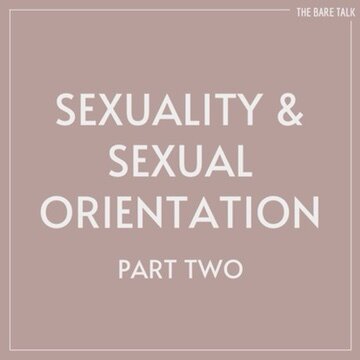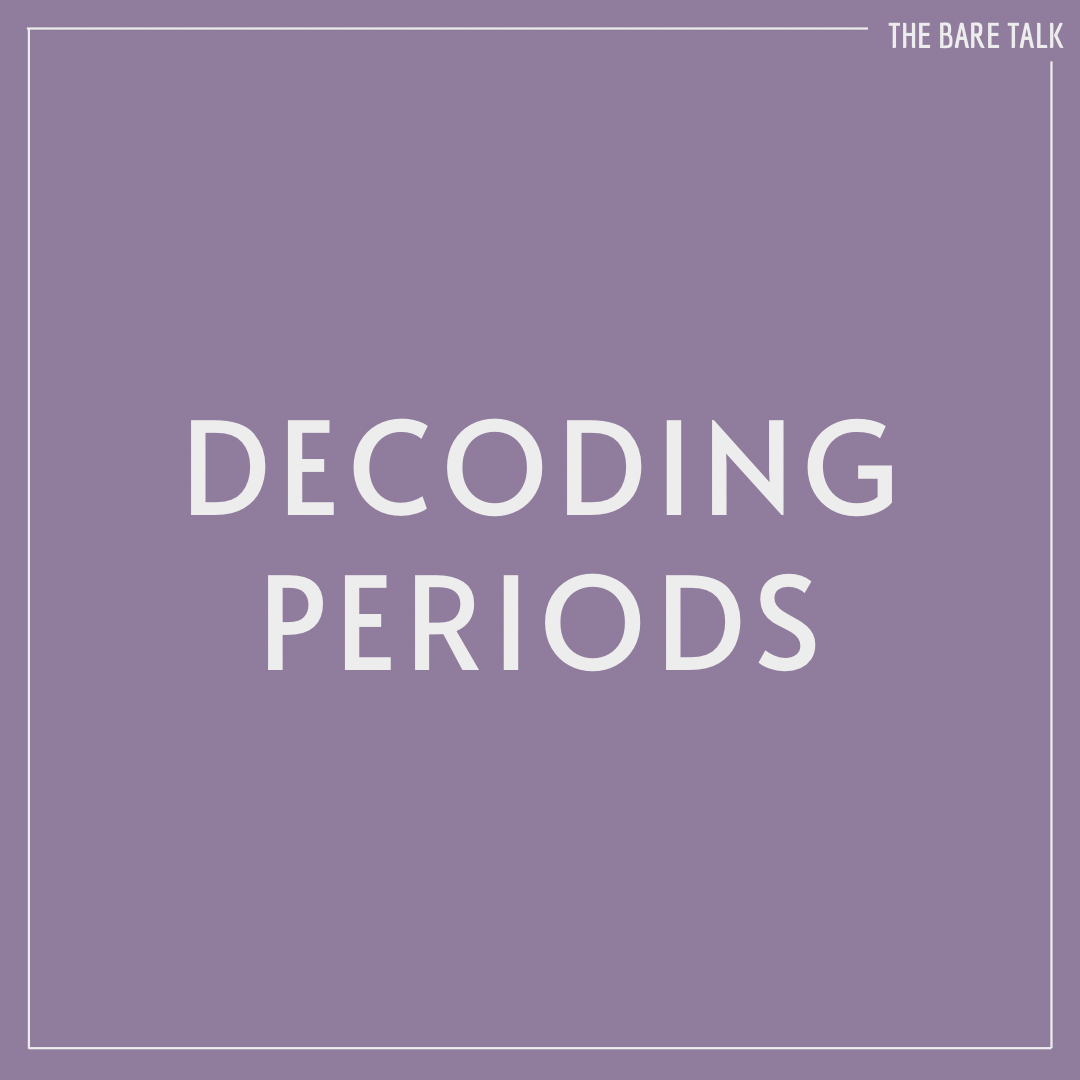Romantic Orientation is the romantic attraction to another individual, i.e. a desire for an emotionally intimate connection. This is different from sexual orientation, & may or may not be intertwined with sexual attraction. For any given romantic orientation, a person can have any sexual orientation, example., gay demiromantic. These orientations are broadly divided into Alloromantic & Aromantic.
Alloromantic individuals experience romantic attraction. However, these attractions can be experienced in a variety of ways.
-
Heteroromantic/Hetromantic individuals feel romantic attraction towards people of the opposite gender.
-
Homoromantic individuals feel romantic attraction towards those of the same gender.
-
Biromantic individuals are romantically attracted to two or more genders, often including their own gender. It does not, however, include all of them.
-
Panromantic individuals feel romantic attraction to individuals of all or any other gender.
-
Demiromantic individuals can be romantically attracted to others only after a deep emotional bond has been developed.
Aromantic individuals, on the other hand, may not feel romantic attraction towards anyone. This an umbrella term & has a spectrum.
-
Gray-aromantic/Grey-aromantic, or Gray/Grey is a romantic orientation on the aromantic spectrum.
Grey Romantic experiences include
-
Feeling “between” aromantic and not
-
Identifying with some elements of aromanticism or the aromantic spectrum, without identifying as solely aromantic
-
Only infrequently or rarely experiencing romantic attraction
-
Feeling unsure about how to identify romantic attraction or how to draw the line between romantic and aromantic, and consequently feeling unsure about having experienced it or not
-
Experience romantic attraction without the desire to act on it.
-
Experiencing attraction that is only ambiguously romantic
-
-
Aro Spectrum
-
Akoiromantic/Apromantic/Lithoromantic individuals stop feeling romantic feelings if they are reciprocated, or simply do not desire their romantic affections to be reciprocated. They might fantasize about romance but prefer it only in theory, not in practice.
-
Quoiromantic individuals struggle with the idea of romantic attraction, because it feels too complicated, nonsensical, and inapplicable. The questioning of romanticism is their romantic orientation in itself, and not a path towards any other romantic orientation.
-
Acemid is someone who is strictly asexual, but not strictly aromantic, while still being on the aromantic spectrum. Can be combined with another orientation or used as a sole identity (eg: gay acemid, or just acemid).
-
Amid is someone who isn’t strictly aromantic or asexual, but on the spectrum of both asexuality and aromantism. Can be combined with another orientation or used as a sole identity (eg: lesbian amid, or just amid).
-
Apothiromantic (also known as antiromantic) is an aromantic who does not experience any romantic attraction whatsoever, and is repelled by romance. They do not wish to be in any type of romantic relationship. Like with any romantic orientation, apothiromantic individuals can have any sexual orientation.
-
Aroflux is a romantic orientation on the aromantic spectrum There are currently two definitions of aroflux that people use:
-
A romantic orientation that fluctuates, but always stays on the aromantic spectrum.
-
A romantic orientation that fluctuates between being alloromantic, completely aromantic, and/or somewhere in between.
Aroflux people may identify with one or both of these definitions. Aroflux people can be romance repulsed, romance indifferent / neutral / apathetic towards romance, or romance positive. Like with any romantic orientation, aroflux individuals can have any sexual orientation.
-
-
Aromid is someone who is strictly aromantic, but not strictly asexual, while still being on the asexual spectrum. Can be combined with another orientation or used as a sole identity (eg: Bi Aromid, or just aromid).
-
Cupioromantic individuals have a desire to be in a romantic relationship, despite not feeling romantic attraction. While many people strongly associate with this term, critics say that the term promotes amatonormativity, or the idea that romantic relationships are more favourable than other relationships, eg, platonic. This identity was formerly (and briefly) known as kalosromantic.
-
Hostiamantic is when a person feels attracted only to those who view their struggles and accept them. A hostiamantic will shy away from those who don’t validate the way they feel. They will not be romantically or platonically attracted unless they develop a close relationship with someone. Hostiamantics:
-
Are usually attracted to each other as they can relate well to each other’s problems.
-
Sometimes are the victims of abuse, neglect, or denial, or are in some way neurodivergent.
-
Seek affection/attention/validation before they can be attracted.
-
-
Idemromantic is a subset of Quoiromantic. Idem Romanticism is characterized by one not feeling the difference between romantic and platonic attraction but still differentiating between the two based on different factors such as compatibility, emotional closeness, sexual attraction, or other factors.
-
Nebularomantic is a romantic orientation in which one is unable to or has a hard time distinguishing romantic attraction from platonic attraction due to one’s neurodivergency. It is similar to Quoiromantic, except it should only be used by neurodivergent people.
-
Platoniromantic is the term used to describe the feeling of not experiencing the distinction between platonic and romantic feelings.
-
Queeromantic people may like people of the same gender and/or multiple genders but are not able to label it with a known romantic orientation. Queeromantic is knowing you feel romantic attraction, but not sure to which gender, thus in turn which orientation.
-
Requiesromantic (Requis) is a romantic orientation characterized by limited or no sexual attraction/interest/activity due to some form of emotional exhaustion. Emotional exhaustion may be the result of previous sexual endeavours and past experiences dealing with sexuality, or from something else just as emotionally draining.
(The romantic orientation has been heavily influenced by “The Spoon Theory“, find more here.)
-
Further Resources:
https://gender.wikia.org/wiki/Gender_Wiki
https://aromantic.wikia.org/wiki/Category:Romantic_Orientations
https://lgbta.wikia.org/wiki/Romantic_Orientation
Note: We understand this is by no means a comprehensive list, however, we hope it can serve as an introduction to romantic orientations. Moreover, as our understanding is always evolving, we will try to keep the article as updated as possible. If you want to learn more about anything mentioned above, please feel free drop us comment below.



